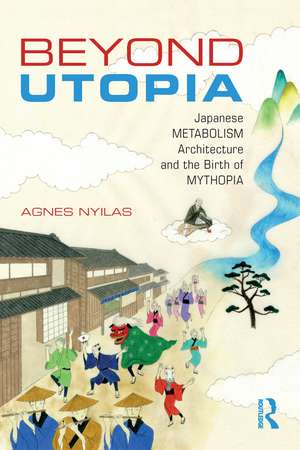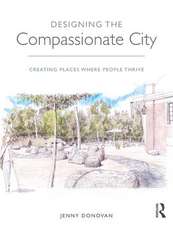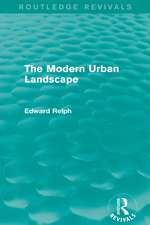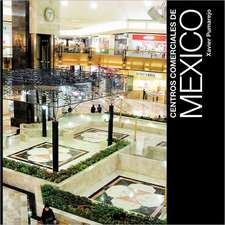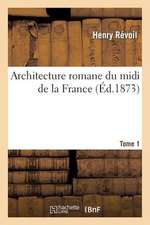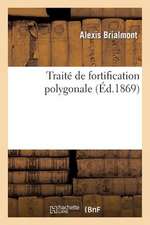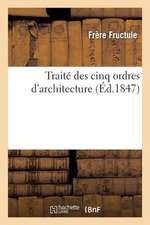Beyond Utopia: Japanese Metabolism Architecture and the Birth of Mythopia
Autor Agnes Nyilasen Limba Engleză Paperback – iun 2018
Myth is dealt here as an interdisciplinary subject in line with contemporary myth theories. After expounding the mechanism underlying the growing demand for a new myth in architecture (the origin of the myth), Part I discovers the formal characteristics of the Megastructure of Metabolism to give a hint of the real intention behind it. Based on this, Part II is a reexamination of their design methods, which aims to clarify the function of the myth and to suggest the meaning behind it. Finally, Part III deals with the subject matter of the myth by disclosing the meaning unfolding in the story, and suggests a new reading of Metabolism urban theory: as an attempt to reconsider the traditional Japanese space concept.
| Toate formatele și edițiile | Preț | Express |
|---|---|---|
| Paperback (1) | 423.60 lei 6-8 săpt. | |
| Taylor & Francis – iun 2018 | 423.60 lei 6-8 săpt. | |
| Hardback (1) | 1273.48 lei 6-8 săpt. | |
| Taylor & Francis – iun 2018 | 1273.48 lei 6-8 săpt. |
Preț: 423.60 lei
Preț vechi: 498.35 lei
-15% Nou
Puncte Express: 635
Preț estimativ în valută:
81.07€ • 84.32$ • 66.92£
81.07€ • 84.32$ • 66.92£
Carte tipărită la comandă
Livrare economică 14-28 aprilie
Preluare comenzi: 021 569.72.76
Specificații
ISBN-13: 9781138056039
ISBN-10: 1138056030
Pagini: 238
Ilustrații: 5 Tables, black and white; 85 Illustrations, black and white
Dimensiuni: 156 x 234 x 13 mm
Greutate: 0.35 kg
Ediția:1
Editura: Taylor & Francis
Colecția Routledge
Locul publicării:Oxford, United Kingdom
ISBN-10: 1138056030
Pagini: 238
Ilustrații: 5 Tables, black and white; 85 Illustrations, black and white
Dimensiuni: 156 x 234 x 13 mm
Greutate: 0.35 kg
Ediția:1
Editura: Taylor & Francis
Colecția Routledge
Locul publicării:Oxford, United Kingdom
Public țintă
Postgraduate, Professional, and UndergraduateCuprins
Table of Contents
Acknowledgement
Foreword
Author's Preface
INTRODUCTION: The origin of the myth - THE AGONY OF MODERN ARCHITECTURE
PART ONE: THE UTOPIA OF MEGASTRUCTURE (The myth camouflaged)
Megastructure Proposals by Kiyonori Kikutake
Megastructure Proposals by Kenzo Tange
PART TWO: The Function of the myth – CITY AS ‘LIVING SYSTEM’
Introduction to Part Two
Properties of ‘Living systems’ in Kikutake’s and Tange’s Megastructures
Properties of ‘Living systems’ in Kurokawa's Megastructures
Properties of ‘Living systems’ in Kawazoe's discourse
PART THREE: The Subject Matter of the myth – CREATIVE TRADITION
"Overcoming Modernity"
The "tradition debate" in Architecture
Traditional Japanese conception of urban space
DENOUEMENT
Appendix
Postscript
Acknowledgement
Foreword
Author's Preface
INTRODUCTION: The origin of the myth - THE AGONY OF MODERN ARCHITECTURE
PART ONE: THE UTOPIA OF MEGASTRUCTURE (The myth camouflaged)
Megastructure Proposals by Kiyonori Kikutake
Megastructure Proposals by Kenzo Tange
PART TWO: The Function of the myth – CITY AS ‘LIVING SYSTEM’
Introduction to Part Two
Properties of ‘Living systems’ in Kikutake’s and Tange’s Megastructures
Properties of ‘Living systems’ in Kurokawa's Megastructures
Properties of ‘Living systems’ in Kawazoe's discourse
PART THREE: The Subject Matter of the myth – CREATIVE TRADITION
"Overcoming Modernity"
The "tradition debate" in Architecture
Traditional Japanese conception of urban space
DENOUEMENT
Appendix
Postscript
Notă biografică
Agnes Nyilas was an Assistant Professor at Sugiyama Jogakuen University in Japan. She received a combined BArch + MArch degree in architecture from Technical University of Budapest, Hungary and a PhD in architecture from Nagoya University, Japan. Her research interests ranged from architectural design practice to the history and theory of architecture and urban design, with a special focus on modern and contemporary design theories.
Descriere
Megastructure proposals by the Japanese Metabolism group are commonly identified with utopian concepts. Beyond Utopia argues that Metabolism Megastructures represent an amalgam genre: myth camouflaged as utopia. After exploring the growing demand for a new myth in architecture (the origin of myth), Part One examines the formal characteristics of the Megastructures to reveal underlying intent. Part Two looks at design methods, clarifying the function of myth. Part Three deals with the subject of myth and suggests a new reading of Metabolism urban theory: as an attempt to reconsider the traditional Japanese space concept through cultural images rooted in the collective (un)conscious of Japan.
